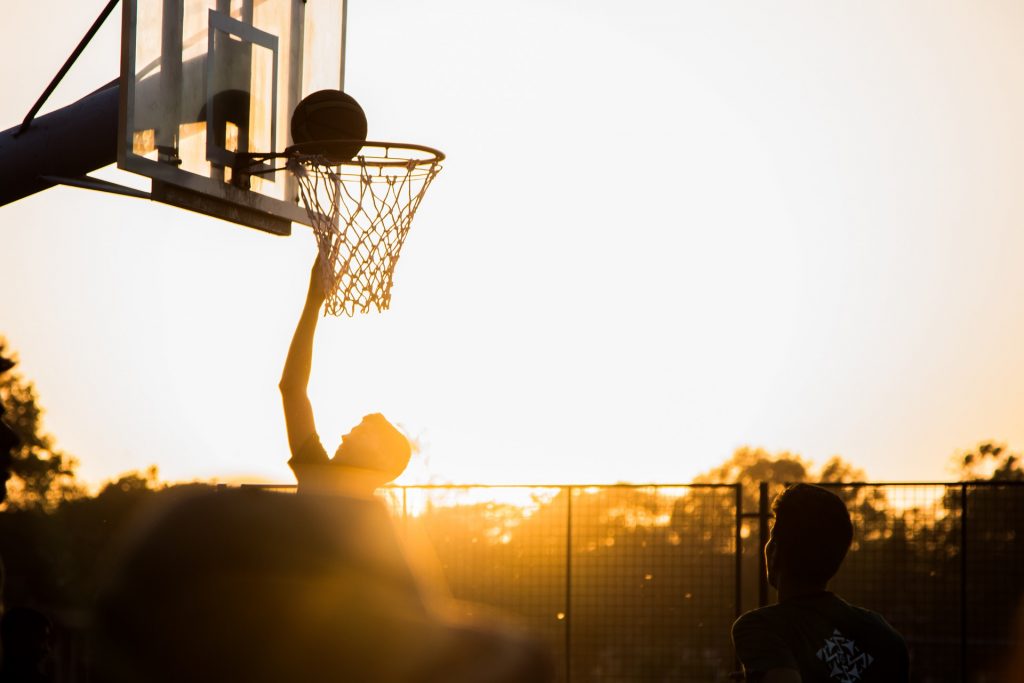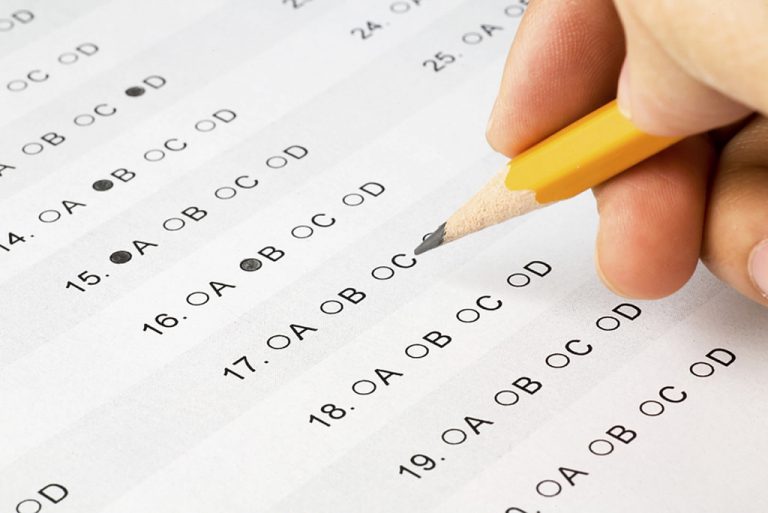Practice: Mass and Distribute

I know. My subject line doesn’t make much sense. I’ll unpack it a little.
When it comes to setting up a practice schedule that will make remembering something likely, I suggested you teach content in small but meaningful parts. That’s the answer to the how much question I posed in another tip of the week.
In that post, I suggested two other questions needed to be answered if your practicing was to be as efficient and effective as possible. The questions were, “How many times,” and “How often?”
The answers to those two questions inform not just our practice plans, but also the textbooks we use as the basis for implementing our plans.
It’s a rare student who, after being introduced to a new concept or skill, can demonstrate it back to you flawlessly. One of the key elements in the game of basketball is shooting a free throw. Before a player consistently hears the “swish” of the ball going through the basket each time they shoot, they are typically taught a number of related skills. Skills like how to stand, how to look at the basket, and how to concentrate and tune out the sound of the spectators. Other skills like how to hold the ball, dribble the ball, release the ball, etc.

Most coaches will practice each of the above skills independently of the others. Then, the skills will be linked all together. Before they are linked, the player will “mass” the practice of each skill that makes up the “shooting a free throw” skill. By “mass,” I mean practice it to the point where the player is reasonably competent. Once the skills are combined and linked together, the player should then be able to shoot a free throw. Not every time, but more often than before the instruction and practice. To ensure a player’s percentage of making free throws doesn’t start to go down, a coach will review the various skills from time to time. The practice of these various skills is being “distributed.” By “distributed” I mean reviewed. Distributed practice ensures the concept will not be forgotten.
When teaching a new skill, mass the practice in the beginning. Practice the skill over and over again in short, meaningful practice sessions. Once the skill is reasonably acquired, distribute the practice, putting longer periods of time between practice sessions.
The principle of massing the practice at the beginning of teaching a new concept or skill and distributing the practice once the concept or skill is reasonably acquired is especially useful for subjects like math that are skill-based.
Mass the practice at the beginning, distribute it from then on.
That’s the tip of the week!
Curt Bumcrot, MRE
March 1st marks the beginning of the spring testing season. To get your student ready to do their best, we recommend purchasing either the One Hour Practice Test or Achieving Peak Performance, both available as instant downloads or mailed-to-you copies. Go to https://www.basicskills.net/product-category/practice-tests/ to read product descriptions and to make your purchase.





